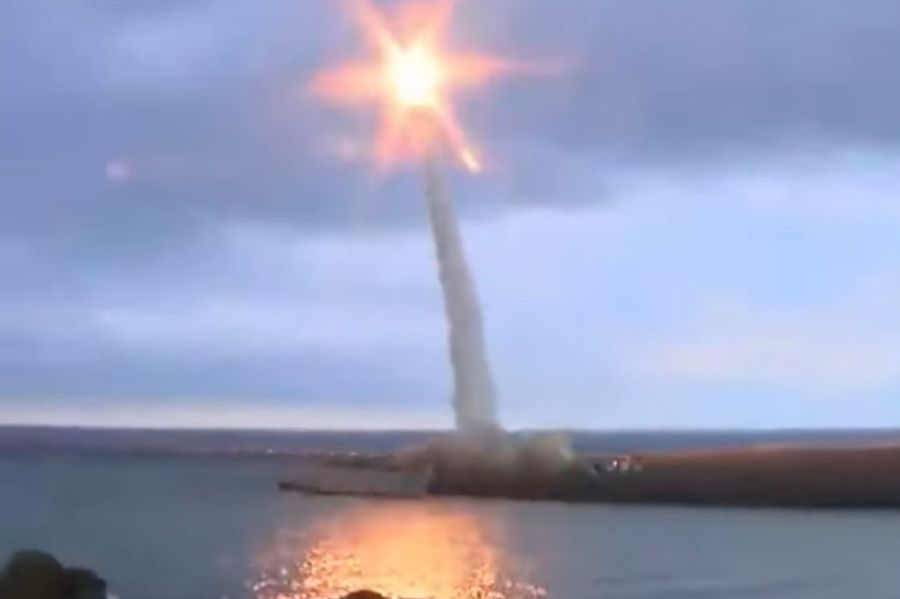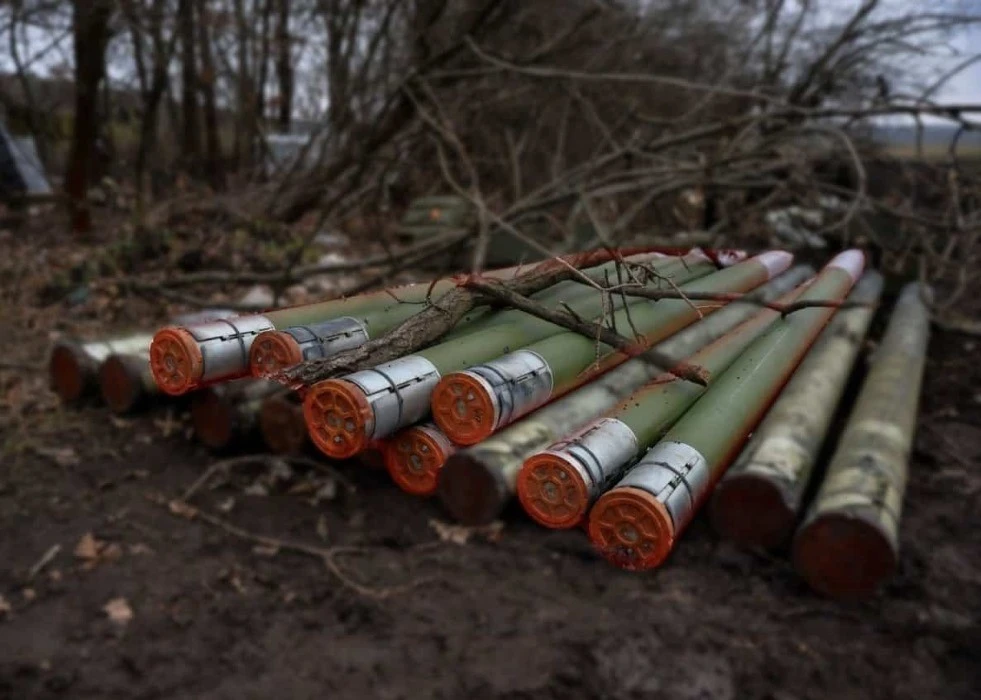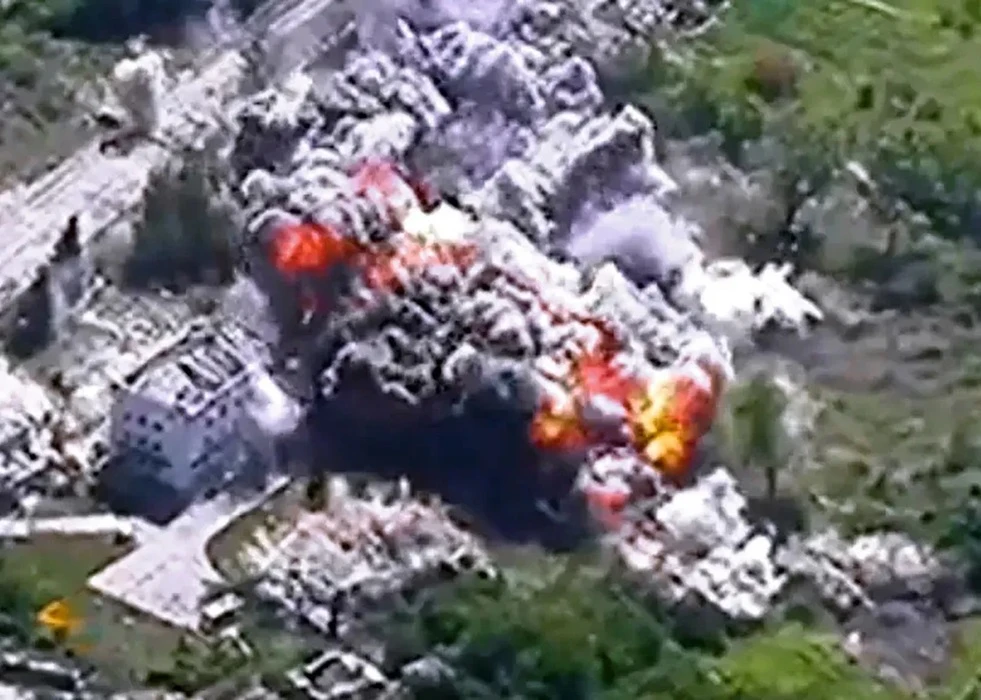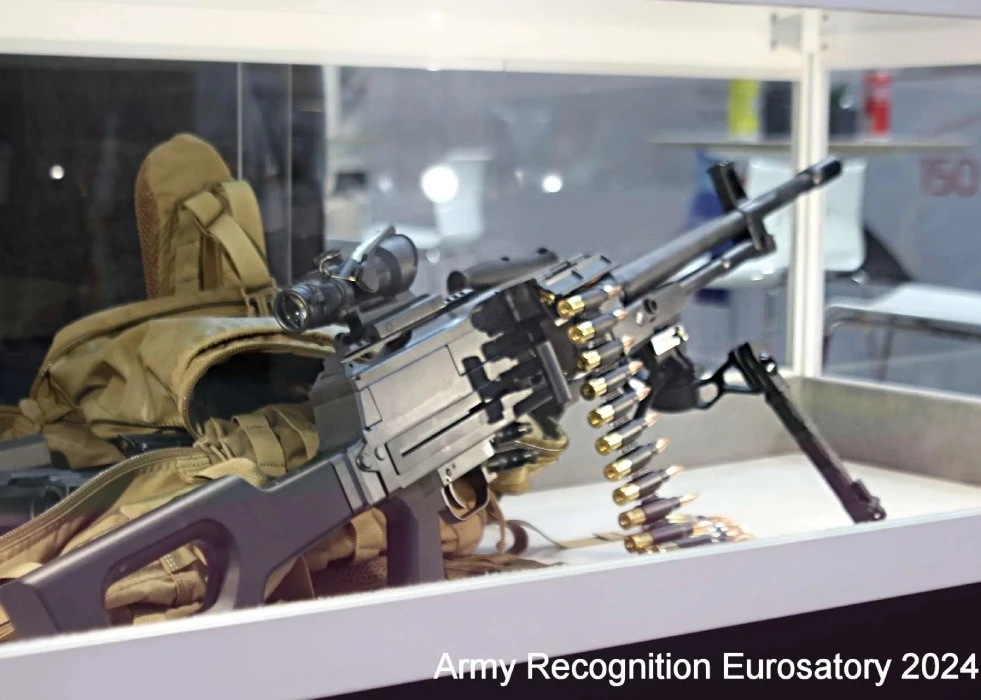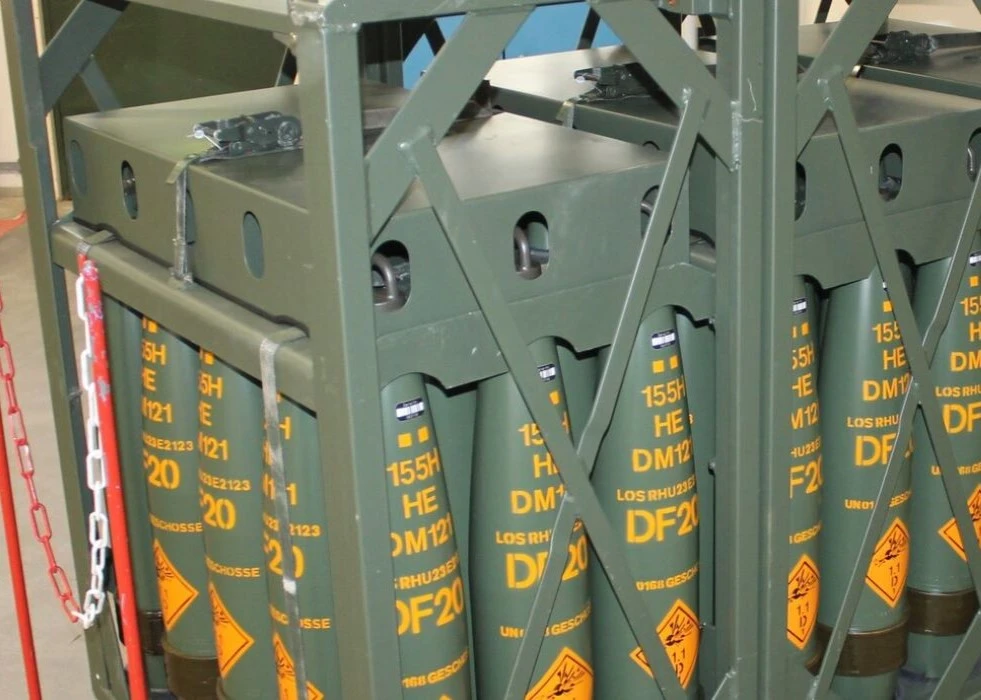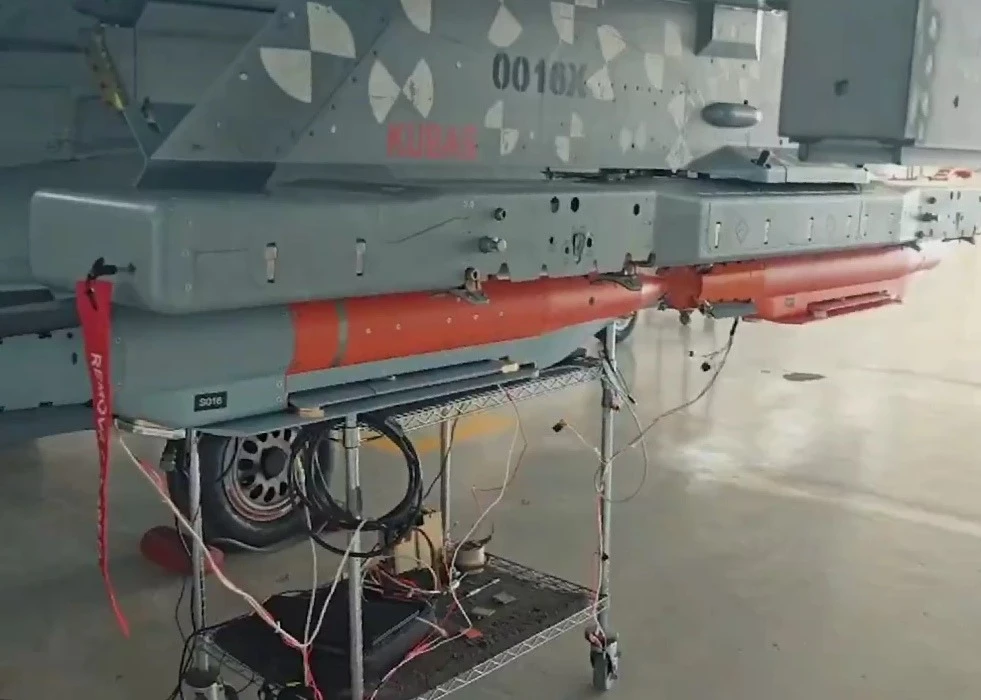Turkish Defence company Roketsan has conducted an unexpected ballistic missile test in the country’s northern region. The launch was the first Short-Range Ballistic Missile (SRBM) trial of the Turkiye.
Turkiye has been developing indigenous artillery-rocket and ballistic missile solutions since the late 1990s and early 2000s. The country increases its missile arsenal range with almost every new product. The latest one is Tayfun (Typhoon).The missile is launched early hours of the test day from Rize-Artvin Airport towards the west-northwest direction. According to sources, the missile travelled more than 500 kilometres before splashing down into the Black Sea off the coast of Sinop, where the Turkish missile test range and telemeter equipment are located. Distance between the possible launch site and prohibited areas by NOTAM and NAVTEX documents, which were released by Turkish authorities, are also consistent with the missile range published by sources.The launch vehicle, canister and appearance of the Tayfun are identical to the Bora (Khan) tactical ballistic missile and its infrastructure. Thus, it is possible to say that Tayfun is a derivative of Bora or that both missiles share the same or similar infrastructure. But according to the Roketsan data, the maximum range of the Bora is around 280 kilometres.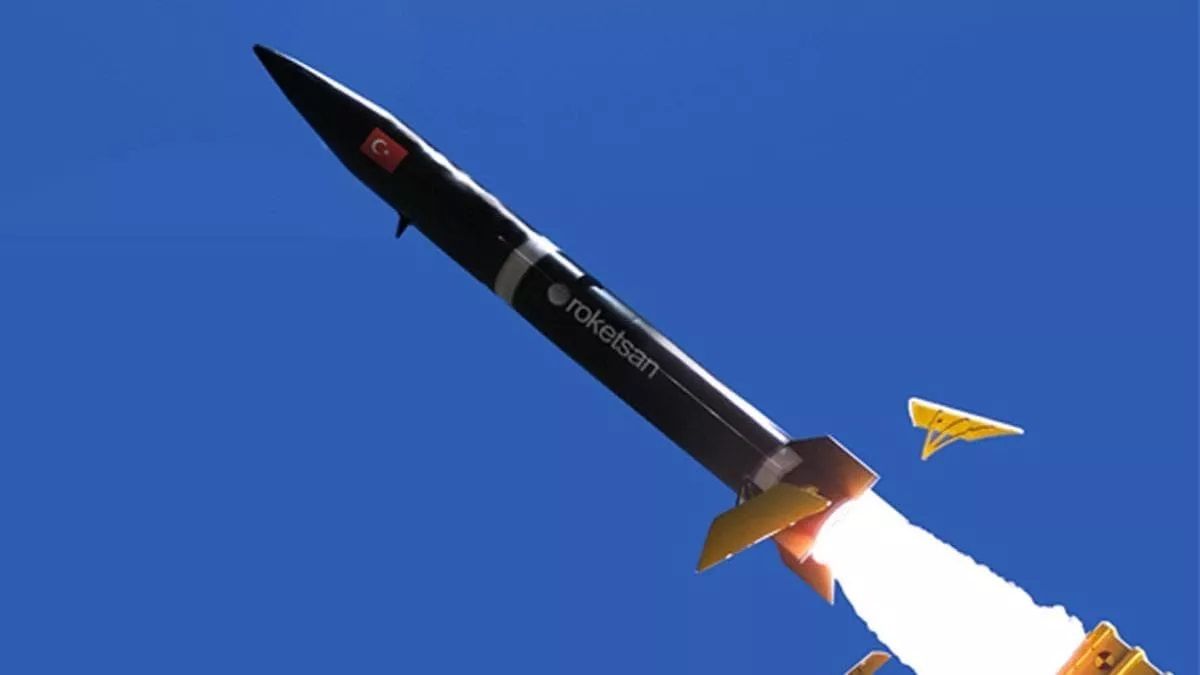 According to TurDef image analysis and comparison of the launch phase of both missiles, it took more time for Tayfun to leave the launcher than the Bora. Considering that both systems have the same or similar infrastructure, it is possible to say acceleration rate and thrust-to-weight ratio of the Tayfun are lesser than Bora. This information leads us to predict that Tayfun has a slower burning rate. This also means lower initial velocity, which becomes an advantage in the long run with increased thrust time. The missile accelerates slower, but longer thrust means the fuselage can retain its energy for extended periods.There are three variations for almost doubling the range of missiles. The first and easiest one is modification works in the propulsion and payload sections. Some adjustments can enhance the burning rate of solid fuel and rocket motors. It is also known that the reducing payload increases the range. The second possibility is about software upgrades rather than the hardware.Ballistic missiles’ embedded gyroscopic guidance system experience trouble in calculating flight envelope if the range increases. It gets more challenging to make fine gyroscopic calculations at higher velocities. Improvements in the missile’s inertial guidance and software infrastructure also improve combustion efficiency. This returns as better energy potential and range. The third variation combines the first two iterations.Increasing the range has many technical aspects. It is not only related to distance. This data can also be seen as higher energy potential and how efficient to convert this into kinetic energy in the first phase. Increasing potential provides longer distances and means better payload capability, velocity, and decoy capacity. And the user can adjust these parameters in whatever way necessary.
According to TurDef image analysis and comparison of the launch phase of both missiles, it took more time for Tayfun to leave the launcher than the Bora. Considering that both systems have the same or similar infrastructure, it is possible to say acceleration rate and thrust-to-weight ratio of the Tayfun are lesser than Bora. This information leads us to predict that Tayfun has a slower burning rate. This also means lower initial velocity, which becomes an advantage in the long run with increased thrust time. The missile accelerates slower, but longer thrust means the fuselage can retain its energy for extended periods.There are three variations for almost doubling the range of missiles. The first and easiest one is modification works in the propulsion and payload sections. Some adjustments can enhance the burning rate of solid fuel and rocket motors. It is also known that the reducing payload increases the range. The second possibility is about software upgrades rather than the hardware.Ballistic missiles’ embedded gyroscopic guidance system experience trouble in calculating flight envelope if the range increases. It gets more challenging to make fine gyroscopic calculations at higher velocities. Improvements in the missile’s inertial guidance and software infrastructure also improve combustion efficiency. This returns as better energy potential and range. The third variation combines the first two iterations.Increasing the range has many technical aspects. It is not only related to distance. This data can also be seen as higher energy potential and how efficient to convert this into kinetic energy in the first phase. Increasing potential provides longer distances and means better payload capability, velocity, and decoy capacity. And the user can adjust these parameters in whatever way necessary.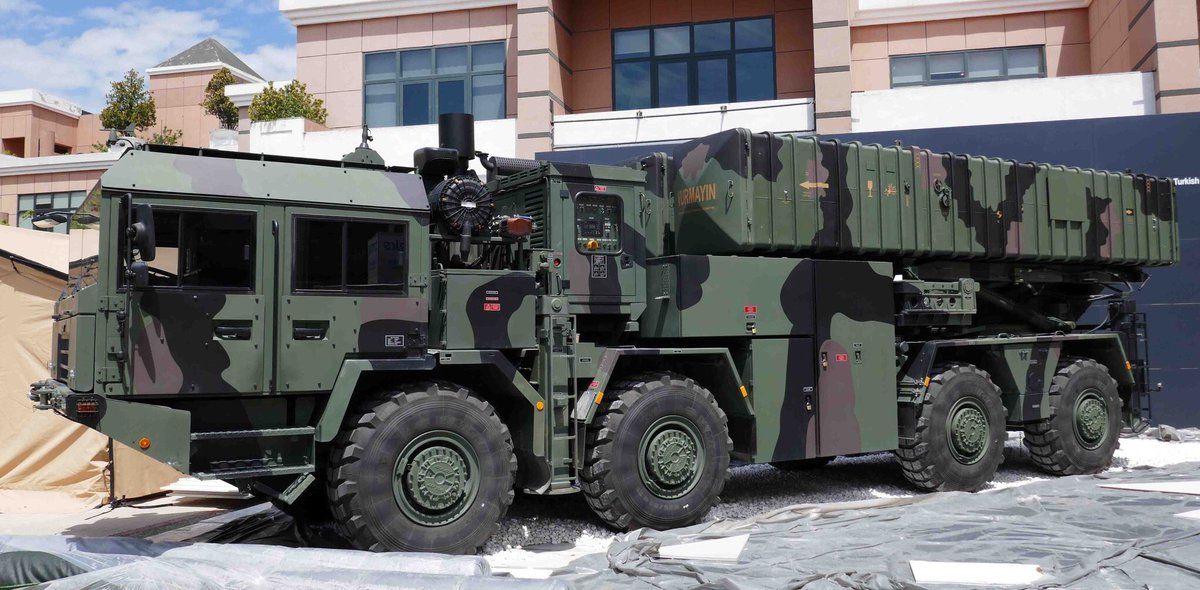 The more extended range does not only mean strike opportunity in long distances. Ballistic missiles become the hardest targets to intercept after the boost phase is completed. It is known that ballistic missiles are vulnerable during the boost phase. Thus, it is easier to intercept them at that stage. Increasing the range offers different operational flexibility advantages. For example, China plans to use DF-21D missiles, also known as carrier killers, on territorial waters such as the South China Sea. But missiles can reach further due to operational preferences. It is known that the carrier-killer batteries are based in the central regions of China to provide launch confidentiality. Thus, missiles can complete their boost phase without being detected, or it is hard to see missile launches for the target. This scenario means a lower survivability chance for the enemy. Because intercepting ballistic missiles are a challenging mission after the cruise starts. Tayfun missiles launched from Central Anatolia represent fewer alternative solutions for the enemy and target area because the missile will already start its cruise phase and reach enough speed not to be intercepted when detected.When we consider all these data, analysis and opportunities, it is right to say that the final user, the Turkish Armed Forces and the manufacturer, Roketsan analysed current situations, operational demands and possible requirements of modern battlefield very well.On the other hand, the political tension with Greece and the test location bring new questions to the table. The first question is whether the Tayfun was ready but waiting for a good occasion.The range of the missile brings new political consequences. The Missile Technology Control Regime (MTCR) is an export control regime that Turkiye has signed. The regime seeks to limit the proliferation risks of weapons of mass destruction (WMD) by controlling exports of goods and technologies that could contribute to delivery systems. The MTCR focus on rockets capable of delivering a payload of at least 500 kg to a range of at least 300 km. The focus includes equipment, software, and technology as well. Even though the MTCR is not a treaty and does not impose legal obligations, it creates obstacles to exporting such missiles and importing components to manufacture them. The MTCR may have obliged Roketsan to fit Tayfun into Bora’s canister.
The more extended range does not only mean strike opportunity in long distances. Ballistic missiles become the hardest targets to intercept after the boost phase is completed. It is known that ballistic missiles are vulnerable during the boost phase. Thus, it is easier to intercept them at that stage. Increasing the range offers different operational flexibility advantages. For example, China plans to use DF-21D missiles, also known as carrier killers, on territorial waters such as the South China Sea. But missiles can reach further due to operational preferences. It is known that the carrier-killer batteries are based in the central regions of China to provide launch confidentiality. Thus, missiles can complete their boost phase without being detected, or it is hard to see missile launches for the target. This scenario means a lower survivability chance for the enemy. Because intercepting ballistic missiles are a challenging mission after the cruise starts. Tayfun missiles launched from Central Anatolia represent fewer alternative solutions for the enemy and target area because the missile will already start its cruise phase and reach enough speed not to be intercepted when detected.When we consider all these data, analysis and opportunities, it is right to say that the final user, the Turkish Armed Forces and the manufacturer, Roketsan analysed current situations, operational demands and possible requirements of modern battlefield very well.On the other hand, the political tension with Greece and the test location bring new questions to the table. The first question is whether the Tayfun was ready but waiting for a good occasion.The range of the missile brings new political consequences. The Missile Technology Control Regime (MTCR) is an export control regime that Turkiye has signed. The regime seeks to limit the proliferation risks of weapons of mass destruction (WMD) by controlling exports of goods and technologies that could contribute to delivery systems. The MTCR focus on rockets capable of delivering a payload of at least 500 kg to a range of at least 300 km. The focus includes equipment, software, and technology as well. Even though the MTCR is not a treaty and does not impose legal obligations, it creates obstacles to exporting such missiles and importing components to manufacture them. The MTCR may have obliged Roketsan to fit Tayfun into Bora’s canister.
This analysis is TurDef’s exclusive work based on open-source information. It can be republished completely or partially with the condition of referring to the source as "TurDef.com; Turkiye"s Defence Portal in English”


